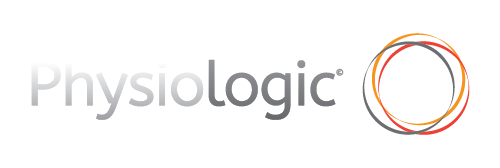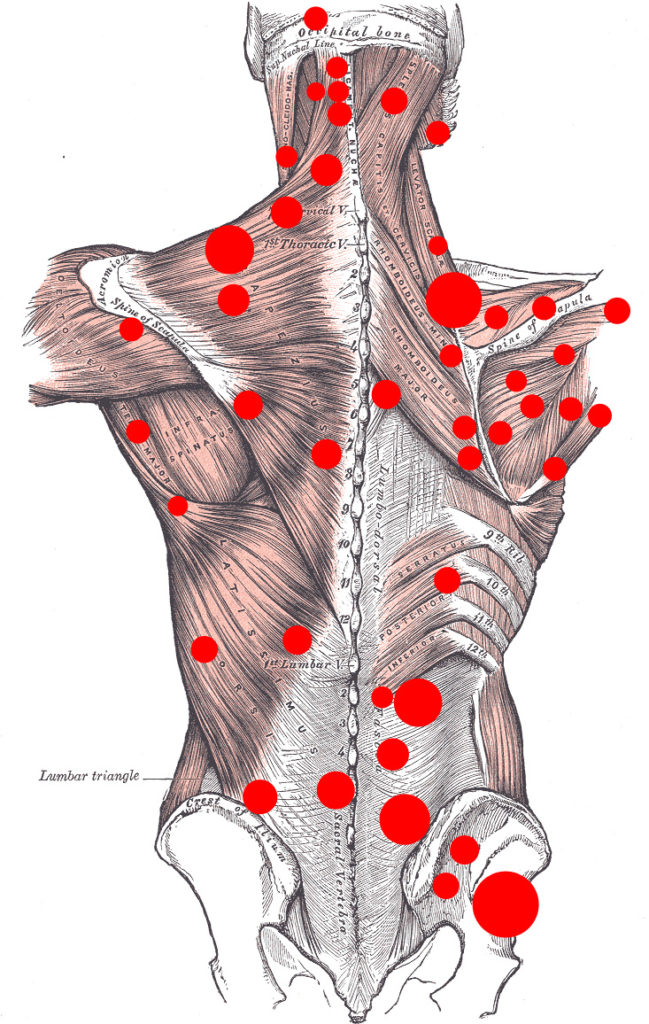What the ‘bleep’ is remedial massage?
While most of us have at least some notion of what remedial massage is, we might still struggle to explain specifically what it’s all about if we had to explain it to our next-door neighbour.
The key word in remedial massage is ‘remedy’. Whether you suffer from an actual condition (tennis elbow, frozen shoulder, tension headaches, knee pain, etc.) or from something more general, like neck tension or stiffness in the back, the aim here is not only to loosen up tight muscles, but also to correct the specific imbalances responsible for the pain or dysfunction – basically to treat the root cause of the issue. Your practitioner may hence assess your range of motion, observe your posture, how you use your body and identify any movements that are painful or uncomfortable.
On top of all the wonderful benefits of massage (reduced muscle tension, improved lymph and blood flow, and the release of the feel-good hormones endorphins, which reduce stress and pain), expect here a thorough understanding of anatomy and biomechanics, the use of techniques such as trigger point therapy or sustained myofascial tensioning, and above all the skills and knowledge to determine where and how to treat to get the results you want.
How is remedial massage different from other types of massage?
With a variety of styles to choose from, ranging from Thai to Chinese massage, Swedish massage, Therapeutic massage, Relaxation, Sports or even Clinical massage, we are rather spoilt for choice. While all types of massage have their place, the first difference in Australia is in terms of qualifications.
An entry-level massage therapist (Certificate IV) offers something called “Therapeutic Massage”, with specialisations available in sports or relaxation massage (a.k.a. Swedish massage). “Therapeutic” means that you can expect here all the valuable benefits of massage in terms of muscle tension and general well-being – but not necessarily the skills and knowledge to treat conditions and correct imbalances. As a result, do not expect a rebate from your private health fund either!
To get those preci ous dollars off your bill, you need a practitioner who has completed a Diploma of Remedial Massage. The final words go to Medibank Private, which sets the requirements for benefit payments Australia-wide on the premise that “remedial massage is designed to balance muscle/soft btissue length, tension, tone which will in turn promote the return to normal joint/capsular/bone position; increase the flow of blood and lymph, particularly in the injured areas, thus removing blockages, damaged cells, scar tissue and adhesions resulting from injury 1 .”
ous dollars off your bill, you need a practitioner who has completed a Diploma of Remedial Massage. The final words go to Medibank Private, which sets the requirements for benefit payments Australia-wide on the premise that “remedial massage is designed to balance muscle/soft btissue length, tension, tone which will in turn promote the return to normal joint/capsular/bone position; increase the flow of blood and lymph, particularly in the injured areas, thus removing blockages, damaged cells, scar tissue and adhesions resulting from injury 1 .”
Well… now you know you are in good hands!
by Aline Schlueter, Remedial Massage Therapist, Dip.
Click here to book an appointment with Aline or call us on 07 5578 7155.


